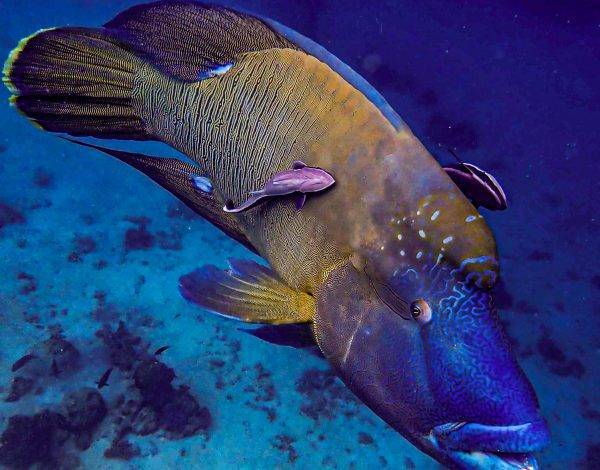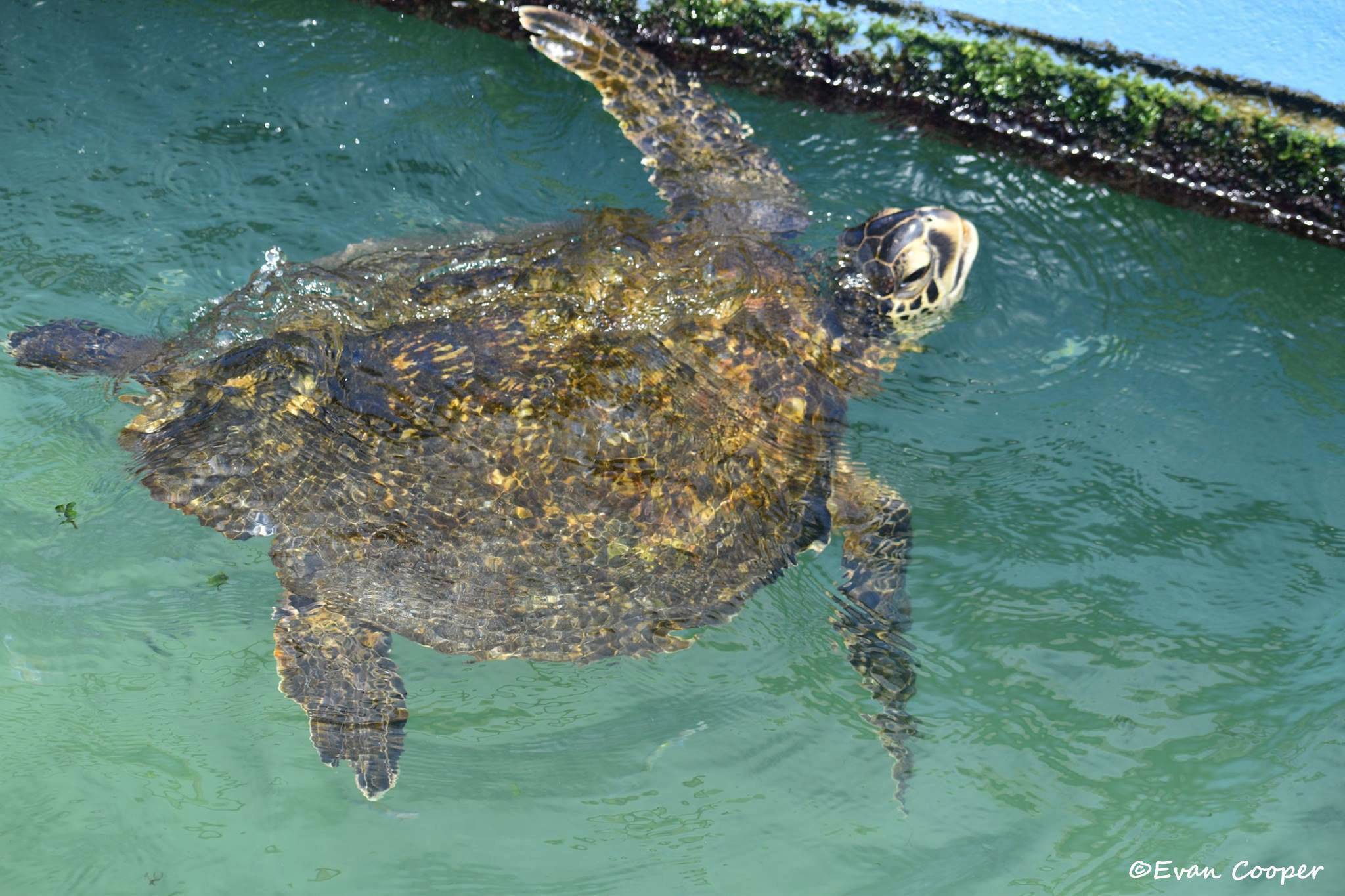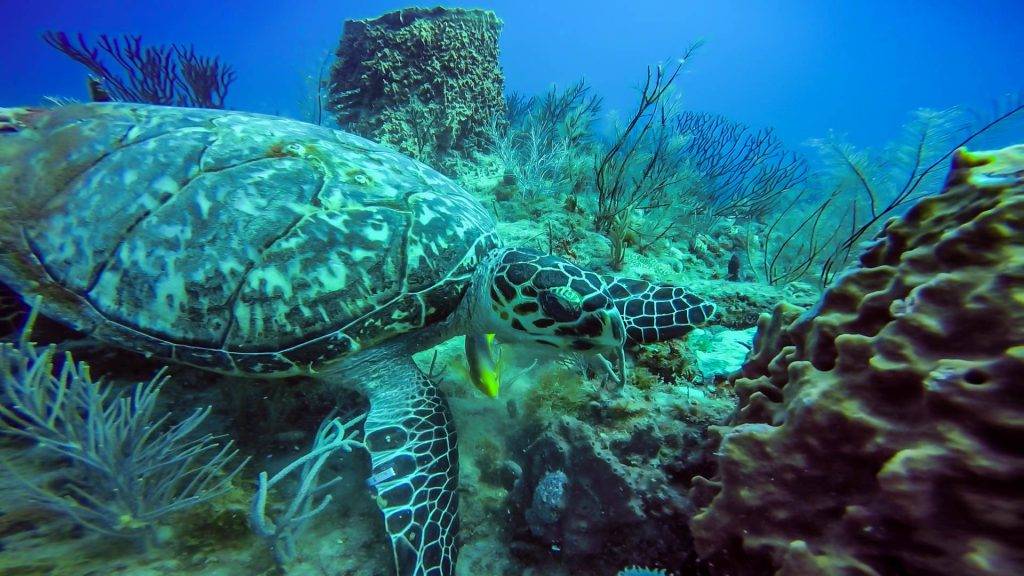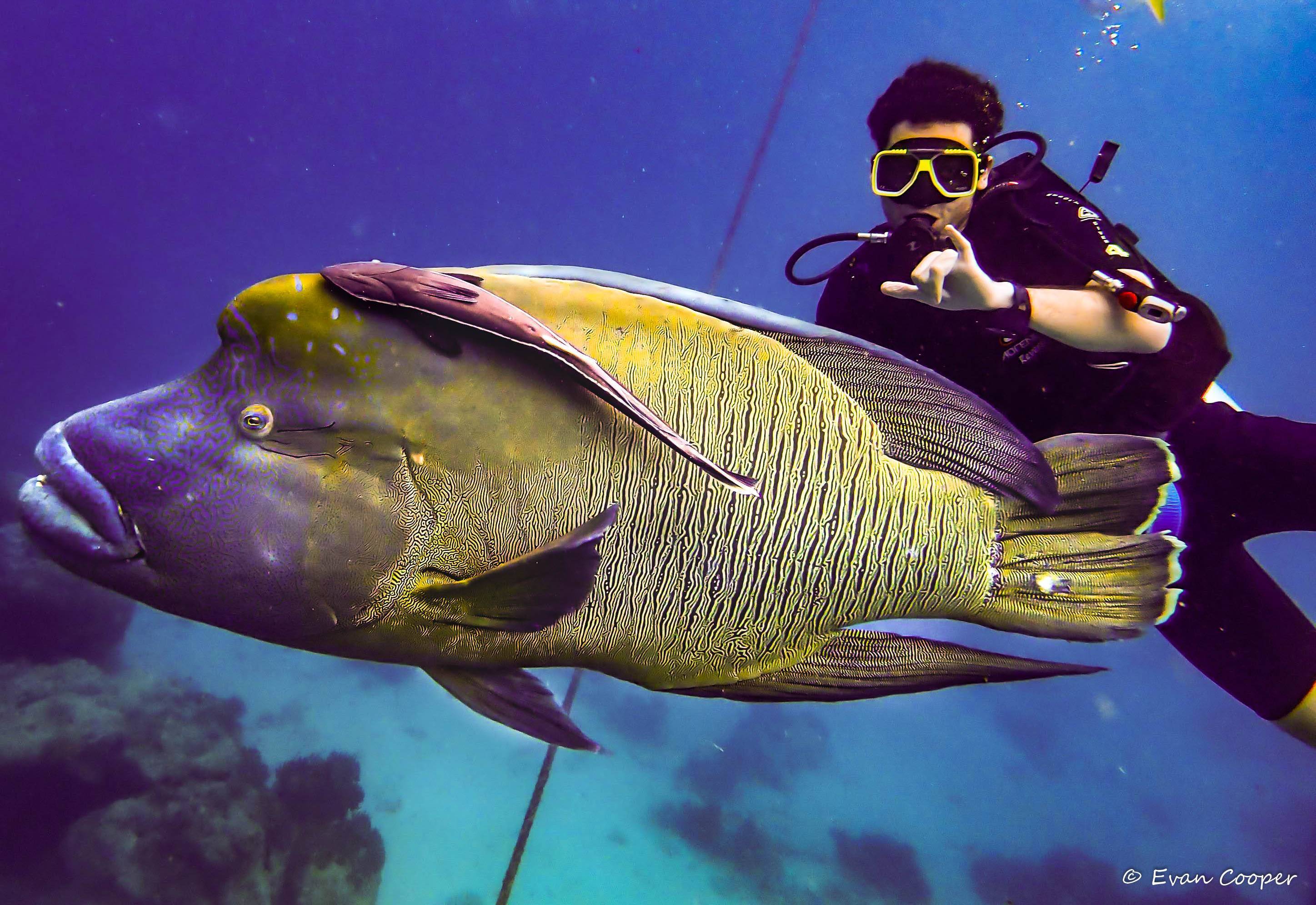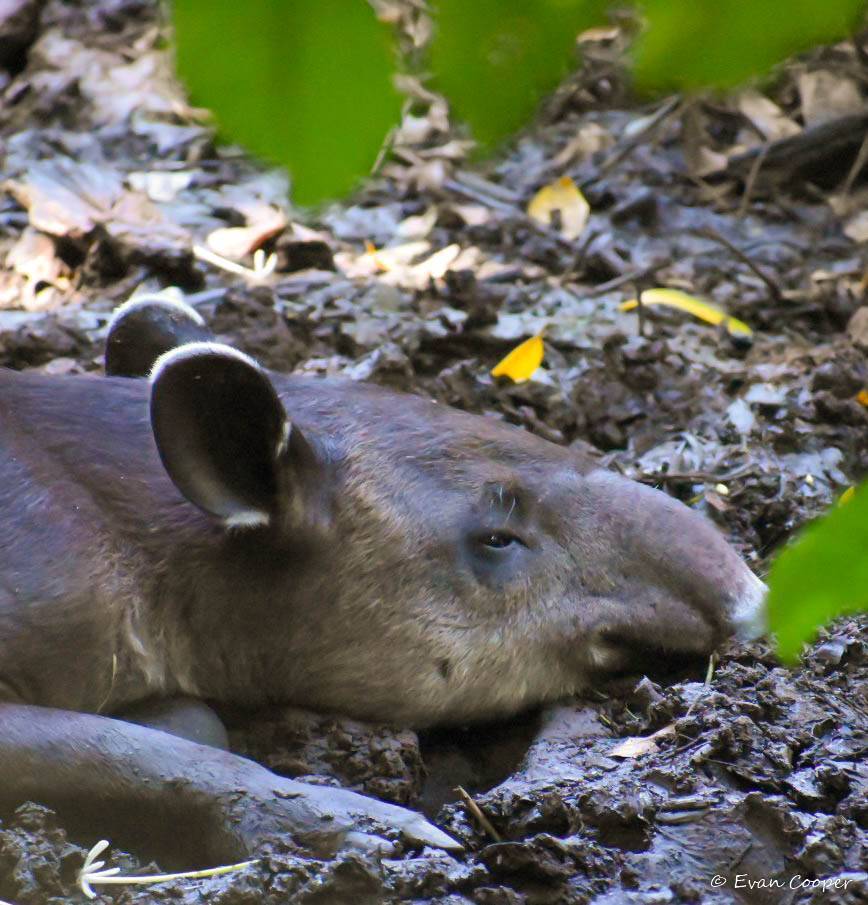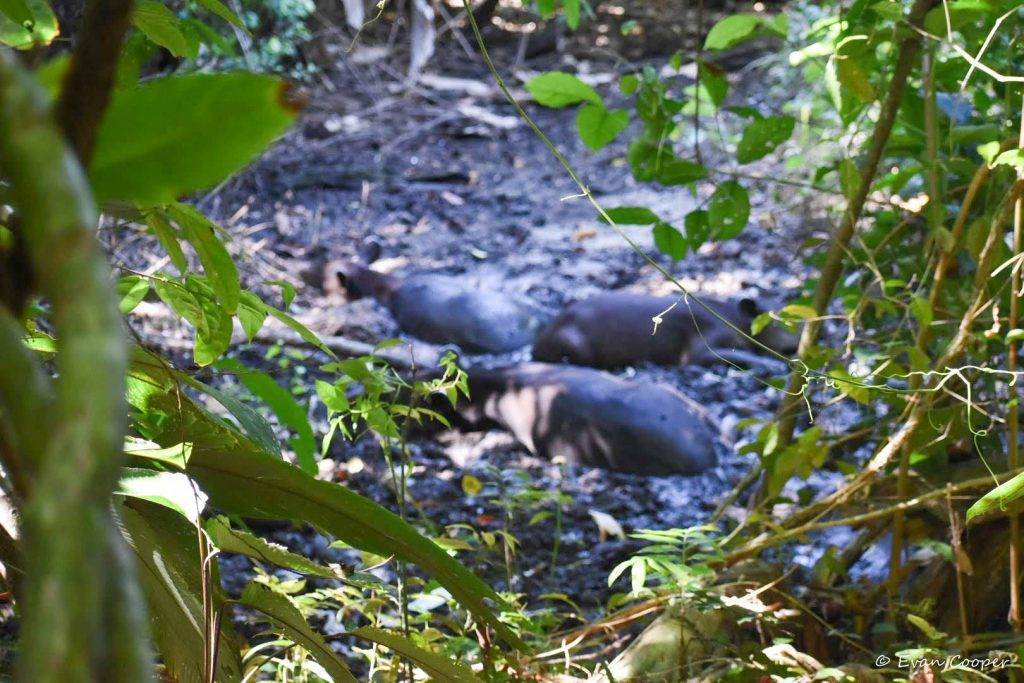Today is Endangered Species Day. Its purpose is to raise awareness about endangered species, educate people about them and how they can be protected, and appreciate the beauty of biodiversity on plant earth. I thought I would highlight some of my favorite photographs of endangered species I have seen in the wild as my way of helping celebrate today.
According the the Endangered Species Act, “A species is defined as endangered or threatened when it is suffers from these factors: damage to its habitat for recreational, or entertainment purposes; disease or predation of the species; and hazards to the continued life of the species.”
The biggest threat to most endangered species around the world is humans, and more specifically habitat loss. While it is natural for species to go extinct, today’s extinction rate is unnatural and exponentially growing. The normal extinction rate is one to 5 species per year, but we are losing ten to twenty species a day globally. (WWF) Many of these are insects are amphibians.
According to David B. Wake and Vance T. Vredenburg, biologists from the University of California, one third or more of all the roughly 6,300 known species of amphibians are at risk of extinction. Habitat loss and climate change are two leading factors to blame.
An interesting thought: high biodiversity areas, such as the ocean and rainforests, have undiscovered areas, with many unique, unknown species. Could humans be forcing the extinction of species that are undiscovered? They could be holding the cure to cancer or other promising research. It is a sad thought but should not be overlooked.
While more species are going extinct and becoming endangered, not all hope is lost! In 1973, the Environmental Protection Agency passed the Endangered Species Act, arguably the most important legislation for protecting wildlife. It is written to:
- Preventing listed species from being killed or harmed
- Protecting habitat essential to these species’ survival
- Creating plans to restore healthy populations
The U.S. Fish and Wildlife Service (FWS) and the National Marine Fisheries Service (NMFS) enforce the act. Many species have made recoveries due to this act such as the Bald Eagle and Manatee.
The International Union for Conservation of Nature and Natural Resources (IUCN) was established in 1948, as the worlds first environmental union. It brought together governments and society in order to protect nature. “According to the IUCN website, “its aim was to encourage international cooperation and provide scientific knowledge and tools to guide conservation action.”
In 1964, the IUCN’s red list of threatened species was established. It is the leading data source for endangered species and extinction. Here is the link to the https://www.iucnredlist.org/. I encourage everyone to check out the website, and see how many species are in danger, it is more than you think.
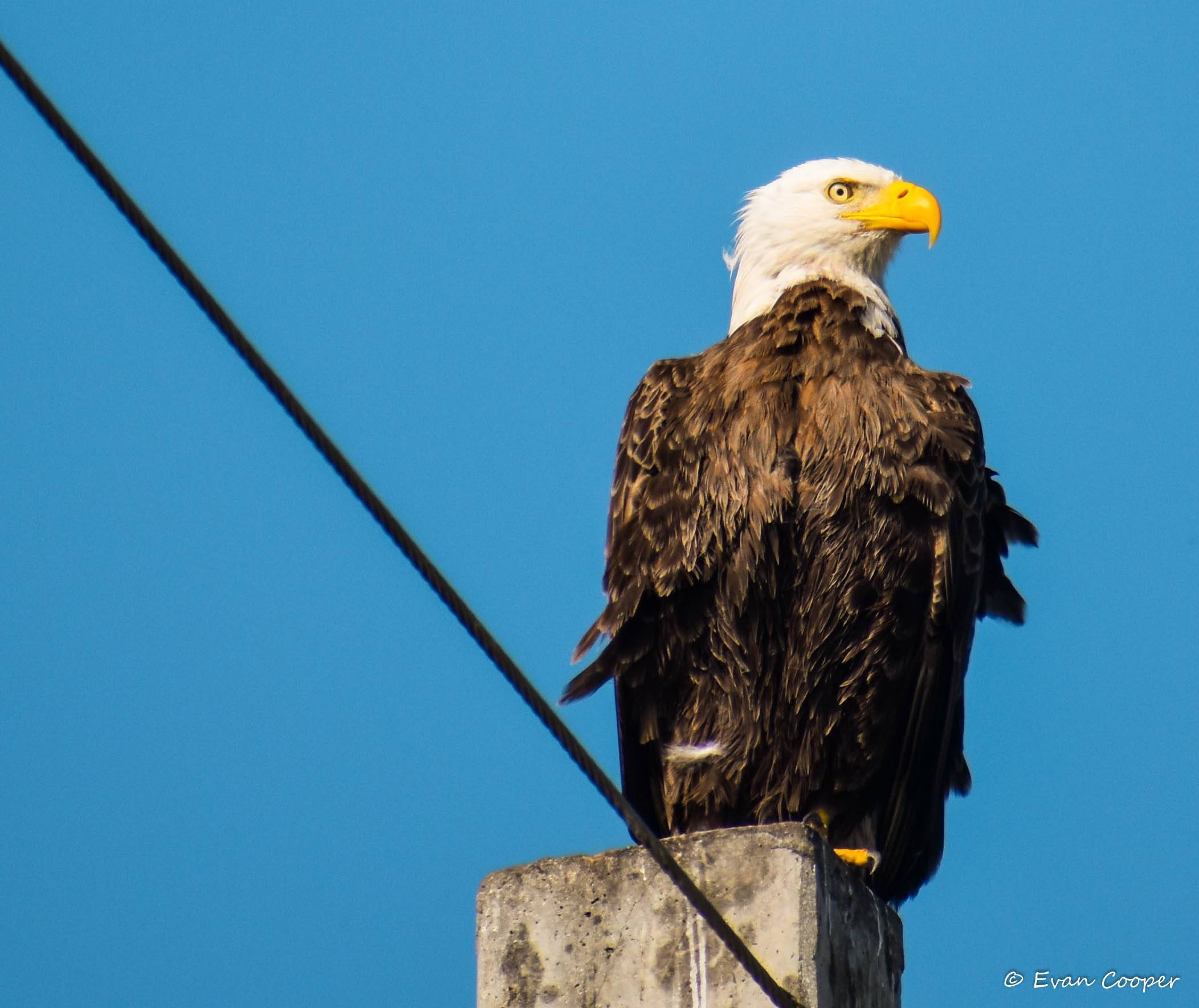
Some of My Favorite Endangered Species
Sea Turtles
The most graceful and beautiful species in the sea is sadly threatened and endangered around the world. There are seven sea turtle species, loggerhead, green, leatherback, hawksbill, kemps ridley, olive ridley, and flatback turtles. Loggerhead and Leatherback sea turtles are vulnerable, and the other five are endangered or critically endangered internationally. Like many species, there is a lot more to learn about sea turtles.
Some interesting facts about sea turtles:
- They are ancient creatures, fossils of turtles have been dated back to 150 million years ago
- Sea turtles do not have any teeth, just beaks
- Sea turtles migrate great distances in their lives, and come back to the same beach where they hatch to mate and lay eggs
- During egg incubation, the sex is determined by the temperature of the environment surrounding the nest. If the temperature is warmer, the eggs tend to produce females, and the cooler tends to produce males.
Check out https://conserveturtles.org/ for more facts and information about these amazing animals as well as current research projects.

Galapagos Penguin
The Galapagos penguin is endemic to the Galapagos Islands and the only penguin species found above the Equator. They are the smallest of the banded penguin species and the least noisy of the 17 species.
Humphead Wrasse

The humphead wrasse is unique as they are largest living member of the family Labridae (out of 600 different species.) It can grow up to six and a half feet in length, and weigh up to four hndred pounds. They can live up to 50 years old, and can change sex, from female to male in their lives. Their biggest threat is overfishing, and need conservation efforts to save them from extinction.
Baird's Tapir
Baird’s tapir are found throughout Central America, and population estimates are less than 5,000 individuals. I took this picture in Costa Rica in Corcovado National Park. A group of tapir is called a “candle.” They can live 25-30 years, and has a prehensile nose than can be used to grab food and as a snorkel when swimming. Their biggest threats are habitat loss/fragmentation and hunting.
Endangered Species Day should be everyday. Now more than ever these species need our help before it is too late. Every species on this planet has a role to play in the overall ecosystem. There are over 116,000 species on The IUCN Red List, with more than 31,000 species threatened with extinction, including 41% of all amphibians, 34% of all conifers, 33% of reef building corals, 25% of mammals and 14% of birds. (IUCN) There are so many species I did not highlight, especially plants and insects, that are very important and deserve our attention. Many times, large and cute mammals like pandas and polar bears get the most money and conservation effort, but they are not the only ones who need help. Check out https://www.iucnredlist.org/, https://www.worldwildlife.org/ and https://conserveturtles.org/ to learn more about endangered species and what you can do to help them.

